“With audiovisual educational resources, we can design activities to care for students’ emotional health following the RULER model.”
Social isolation due to the pandemic in 2020 forced us to make multiple changes in our daily lives; the way we interact socially is no longer the same. The confinement time has been prolonged, and we must take care of our students’ emotional health living locked up at home in front of a computer. It is essential to include innovative teaching strategies that focus on students’ emotional care who have been affected by social distancing in the class. In this article, I share some activities that you can apply in your classes for this purpose.
Procuring the emotional strengthening of the students through the design of school activities should be a priority. Achieving this is a challenge for teachers because we have had to use all our professional experience to adapt to the new reality, learning different technological tools, many of which were unknown to us. However, in the end, they have transformed and renewed the teacher’s profile in distance education.
“A stronger bond was generated between the students when they realized that they shared the same emotions, concerns, or fears, giving them a calm sensation.”
In the current context of distance education, video as a teaching tool promotes autonomous student learning, allows them to analyze and reflect on reality, and promotes their creativity and interdisciplinary work (García, 2014). With educational video resources, we can design activities for students’ emotional health following the RULER (Recognizing, Understanding, Labeling, Expressing, and Regulating) model, a Yale University program. It incorporates elements and activities aimed at the student to identify their emotions, understand them, and locate them, but mainly know how to regulate them, considering their physical, social and emotional spheres.
The use of video as a teaching resource does not replace the teacher’s role in any manner. The professor is the one who designs the activities according to the learning objectives that he or she intends to cover in the course, selects the material to use, and defines the product that the students will deliver. These activities should encourage developing skills and competencies such as critical thinking, creativity, and collaborative work while caring for the students’ emotional health.
Tools to create teaching videos
We can use several methodologies and tools to achieve the above, from producing videos with traditional formats to using social networks or other applications that allow more elaborate work. These garner the students’ interest and participation because the tools are familiar to them and are part of their daily lives, such as social networks.
Below are some examples of activities designed and applied by the teaching team at Prepa Tec, Campus Morelia, who focused on using video as a teaching tool adapted to their classes’ objectives and contents. They all cared about the students’ personal and social development and the physical and mental health effects caused by the pandemic and its consequent social isolation.
Stopmotion. A video technique that gives movement to static objects by taking multiple photographs. Its elaboration requires a camera (e.g., a cell phone camera) and an application designed for making this type of video. Many are downloaded for free, for example, StopMotion Studio, StopMotion Maker, or PicPac StopMotion and TimeLapse.
An example of an activity using this tool is storytelling and managing reminiscence to evoke the memory of positive events, bringing them into the present to enjoy those happy moments. It is a way to work on the management of emotions and confront the issue of social isolation. Making the video also develops artistic, creative, and technological skills.
Flipgrid. A free platform that promotes learning, interaction, and feedback among peers and teachers. By recording short videos, students can answer questions, give feedback, or reflect on a particular topic, as well as watch and respond to videos made by the rest of their classmates (https://info.flipgrid.com/).
The teacher opens the space within the platform, places the activity instructions, and provides the students with the access link. The students enter and activate their computers or cell phone cameras and record their video for the assigned task. These activities promote critical thinking, analysis, reflection, and, primarily, effective communication because, in the video’s established duration, they must comply with the assignment.
Youtube. A free access website that allows uploaded videos to be viewed online by others. This platform is described as a community made up of people from all over the world who can express themselves and make themselves known. Movies, musicals, documentaries, live streams, and home videos are some examples of the content found on this platform. In the distance education context, categories emerge, such as Edutubers, focused on designing educational content on various topics.
This is one of the uses that can be given to the platform, i.e., carefully selecting the material to be adapted to the class sessions, starting a class, opening a discussion board, or promoting topic reflections. Equally, the student who makes their video can be solicited to upload it to the platform in a private or public format and share the link with their teacher.
An example applied during the pandemic was for the student to develop a tutorial on a hobby. Performing an activity that they enjoy was the main attraction. They did not have to stand in front of their computers; they could invite their family to participate and share this information about themselves with their classmates. Simultaneously, they developed effective communication, synthesis, and creativity skills because they had limited time to describe the activity, the steps to do it, and why they enjoy doing it.
TikTok. A social network that increased its number of users powerfully during the pandemic. TikTok enables making short videos, adding music, filters, or special effects without having profound editing knowledge. Their stated mission is to promote creativity and bring joy. Developing school activities through this media promotes effective communication, critical thinking, inventiveness, and collaborative work.
Our high school students (Prepa Tec) created videos about managing emotions. The full article is listed in the References. According to their grade level, the topics addressed were:
-
Second-semester students: Create a video that presents what cost you the most effort to adapt to your new school.
-
Fourth-semester students: Create a video that presents how complicated it is to decide which career you will choose and the uncertainty this creates for your future.
-
Sixth-semester students: Create a video about high school’s closure and passing to the professional stage and its implications.
Finally, we had the opportunity to learn about their work in a class session. It generated a stronger bond among students when they realized that they shared the same emotions, worries, or fears, giving them a sense of tranquility.
Reflection
It is undeniable that the pandemic’s social confinement forced a restructuring of the world’s educational model. As UNESCO (2020, cited by UN News, 2020) points out, “teachers have shown, as they have so many times, great leadership and innovation to ensure that learning does not stop and that no student remains behind.”
The class designs had to be adapted, looking for elements more attractive to the students, safeguarding academic quality and learning environments, and considering the students’ and teachers’ emotional health. It has been undoubtedly a complicated challenge that has shown us that resilience and empathy are the critical elements necessary to move forward.
About the author
Fernando Patricio Pantoja Bedolla (fernando.pantoja@tec.mx) is a Dental Surgeon. He holds a Master’s degree in Education with a focus on Teaching-Learning Processes. Full-time professor-tutor at PrepaTec of Tecnológico de Monterrey, Campus Morelia. He has participated as an exhibitor in national and international congresses on educational innovation.
References
García, M. (2014). Uso Instruccional del video didáctico. Revista de Investigación. Vol. 38 (81), pp. 43-67. Accessed at https://www.redalyc.org/pdf/3761/376140396002.pdf
Mendoza, L. (2020). Lo que la pandemia nos enseñó sobre la educación a distancia Revista Latinoamericana de Estudios Educativos. Vol. L. Accessed at https://www.redalyc.org/jatsRepo/270/27063237028/html/index.html
Noticias ONU. (2020). La pandemia es una oportunidad para repensar la educación y lograr un aprendizaje de calidad para todos. Noticias ONU. Accessed at https://news.un.org/es/story/2020/10/1481832
Pantoja, F. (2020). El uso de TikTok en el aula para el manejo de emociones. Observatorio de innovación educativa. Accessed at https://observatorio.tec.mx/edu-bits-blog/tiktok-en-el-aula-manejo-de-emociones
Edited by Rubí Román (rubi.roman@tec.mx) – Observatory of Educational Innovation.
Translation by Daniel Wetta.
This article from Observatory of the Institute for the Future of Education may be shared under the terms of the license CC BY-NC-SA 4.0 
)
)



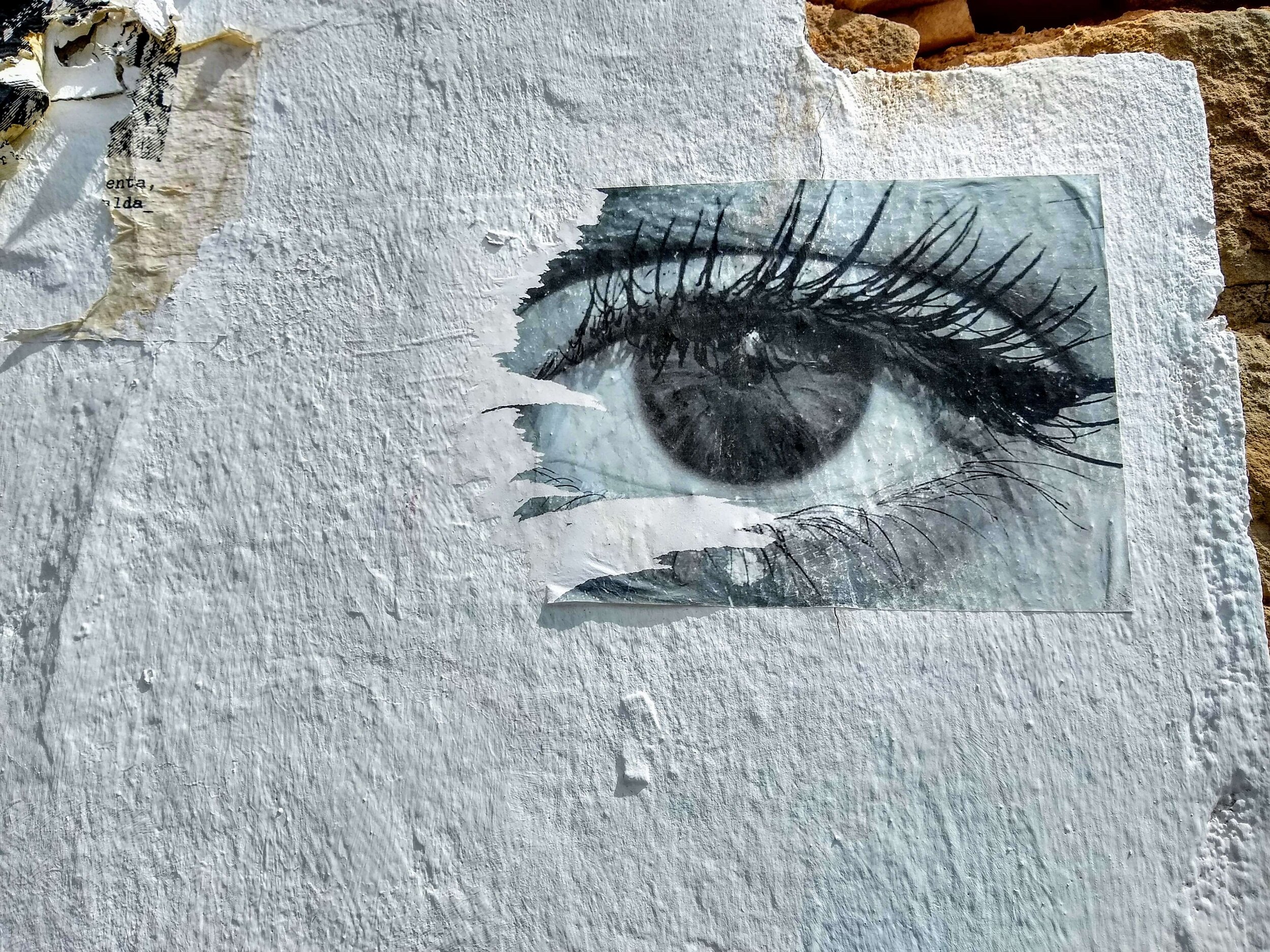

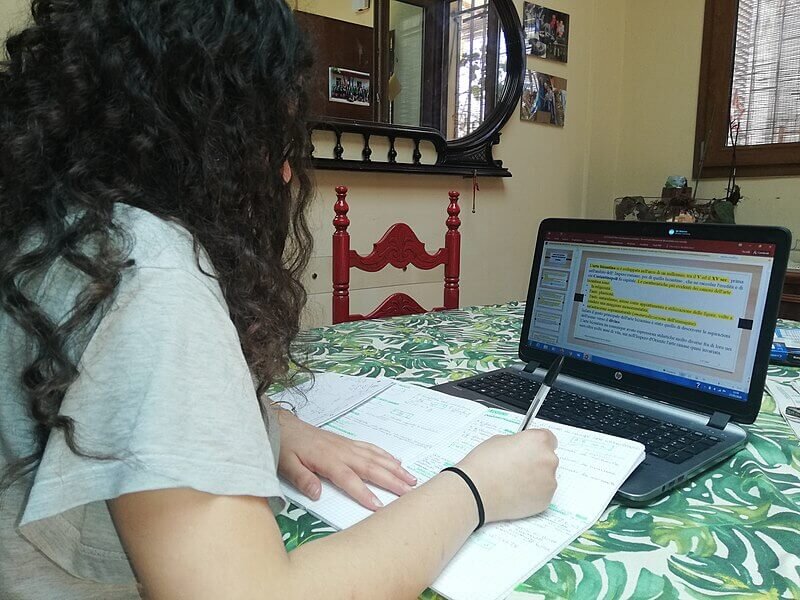
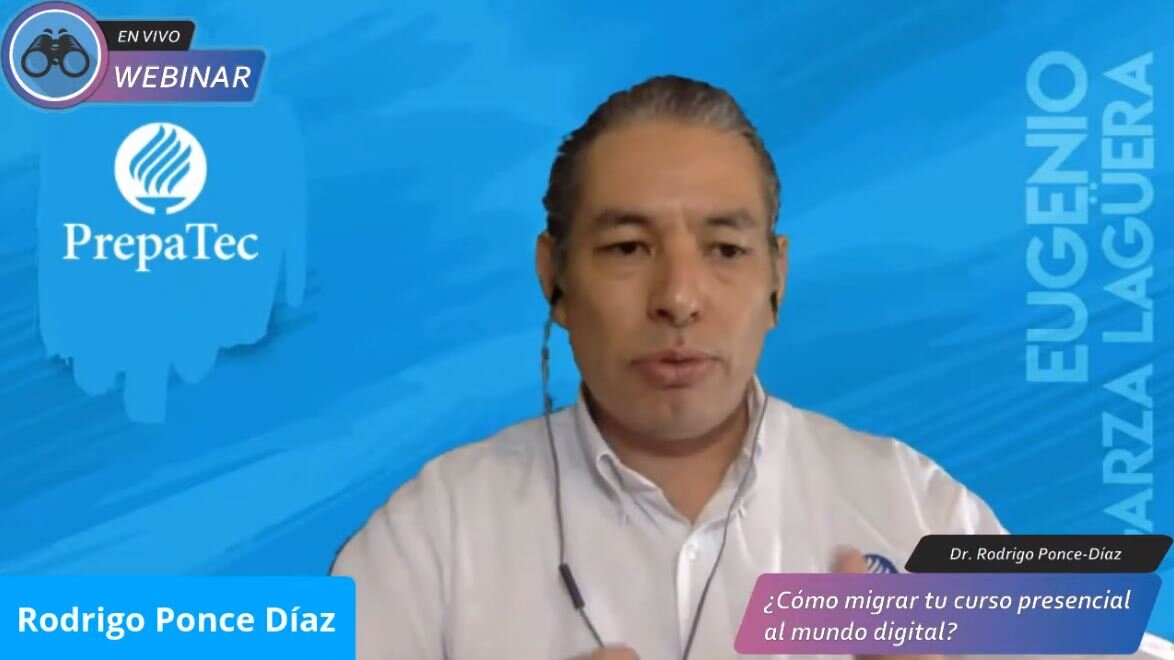


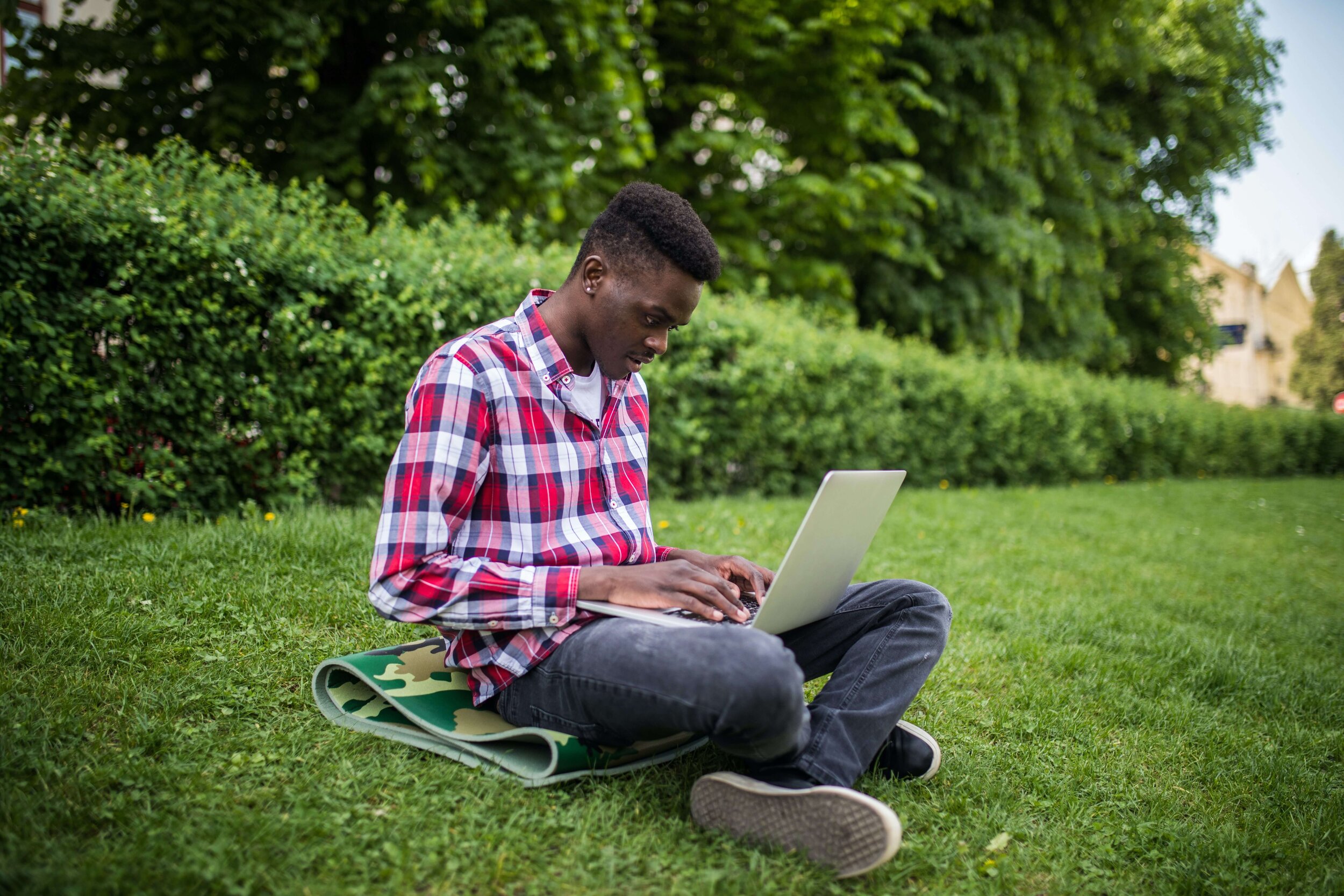
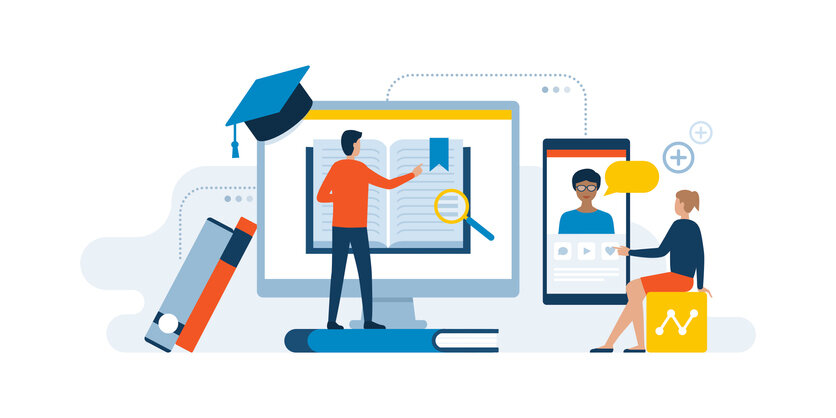
)
Karina Fuerte
Karina Fuerte
Karina Fuerte